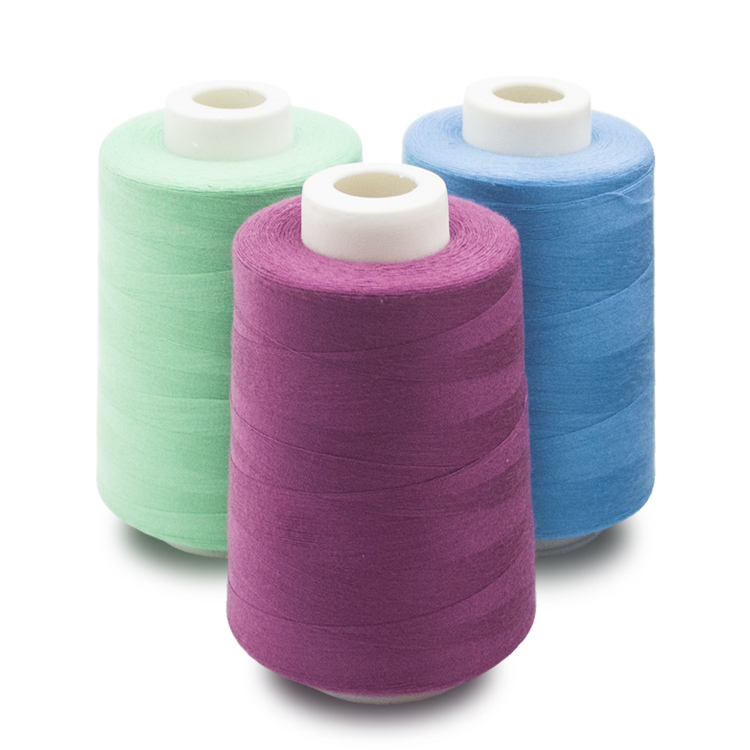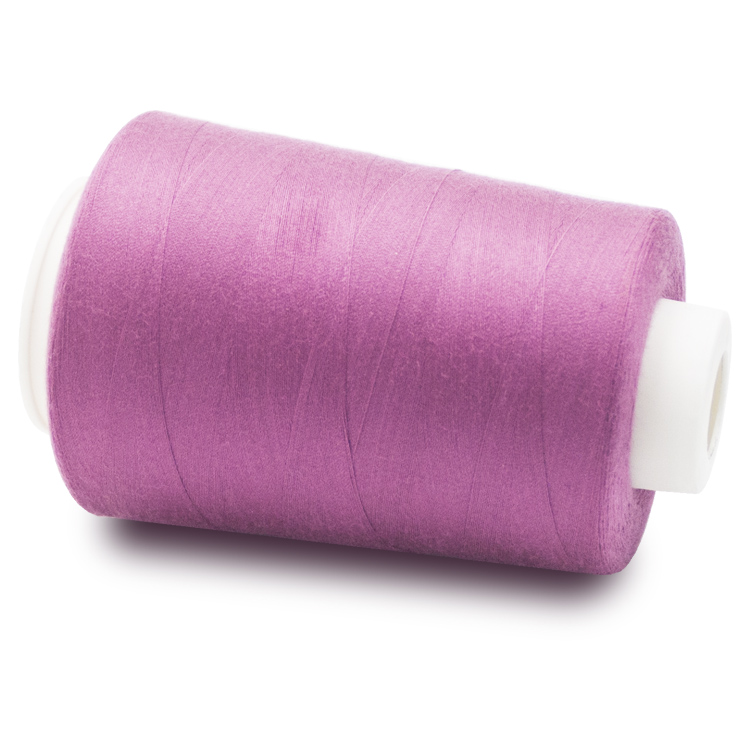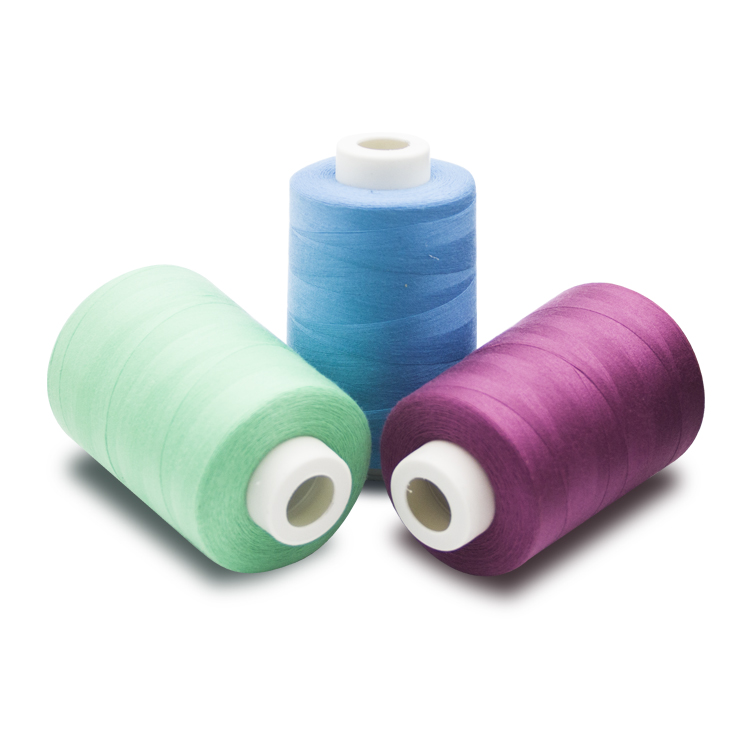
Basic knowledge of yarn hairiness(1/3)
I. Basic Survey
Yarn hairiness is formed by exposing fibers to the surface of the yarn body during yarn forming. Cotton yarn is formed by twisting and coagulating one short fibre after another. It is inevitable that hairiness extends out of the yarn body. Hairiness can be divided into three types according to the shape of the yarn matrix: end hairiness, circle hairiness and planktonic hairiness; according to the yarn direction head hairiness: tail hairiness, two-way hairiness, circle hairiness and chaotic hairiness.
Generally speaking, the length of 0.5-1 mm is about 60% of the total number of feathers, the length of 1-3 mm is about 35% of the total number of feathers, and the length of more than 3 mm is about 5% of the total number of feathers.

Hairiness is an important quality index affecting yarn appearance and style. The state of yarn hairiness directly affects weaving efficiency, fabric style and dyeing effect. Especially the hairiness of more than 3mm will seriously affect the production of the back end, and affect the appearance, handle and performance of the yarn and its final products.
For example, yarns are easily entangled, leading to yarn failure to pass through warp stop, heald eye and reed teeth smoothly during weaving, resulting in unclear opening or more broken ends. When shuttleless looms are used, because the looms are mostly in small shed, high tension and high speed working conditions, if the yarn hairiness problem is serious, it will cause warp blocking broken ends and reduce weaving efficiency.
With the rapid change of textile products and people's rich and colorful consumption demand, in recent years, the yarn hairiness problem has also been put forward corresponding updated requirements.

Because of the irregular hairiness of ring yarn, the distribution of hairiness on the yarn surface is random. Even the hairiness values of different lengths reflected by the lengths of big yarn, medium yarn and small yarn of the same tube yarn often differ greatly.
Therefore, how to analyze and evaluate the hairiness of ring spinning yarn in our factory, establish and strengthen the quality control and management of yarn hairiness, we must proceed from the actual situation of enterprises, make full use of advanced yarn hairiness detection methods, formulate quality standards for hairiness, prevent the occurrence of bad hairiness phenomenon, and meet the requirements of users.




